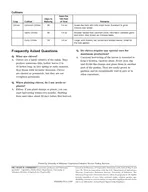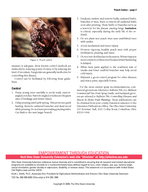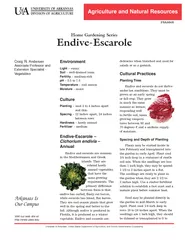PDF-Agriculture and Natural Resources FSA Home Gardening Series Chives Craig R
Author : myesha-ticknor | Published Date : 2015-03-05
Andersen Associate Professor and Extension Specialist Vegetables Arkansas Is Our Campus Visit our web site at httpwwwuaexedu Environment Light sunny Soil loam Fertility
Presentation Embed Code
Download Presentation
Download Presentation The PPT/PDF document "Agriculture and Natural Resources FSA Ho..." is the property of its rightful owner. Permission is granted to download and print the materials on this website for personal, non-commercial use only, and to display it on your personal computer provided you do not modify the materials and that you retain all copyright notices contained in the materials. By downloading content from our website, you accept the terms of this agreement.
Agriculture and Natural Resources FSA Home Gardening Series Chives Craig R: Transcript
Download Rules Of Document
"Agriculture and Natural Resources FSA Home Gardening Series Chives Craig R"The content belongs to its owner. You may download and print it for personal use, without modification, and keep all copyright notices. By downloading, you agree to these terms.
Related Documents














